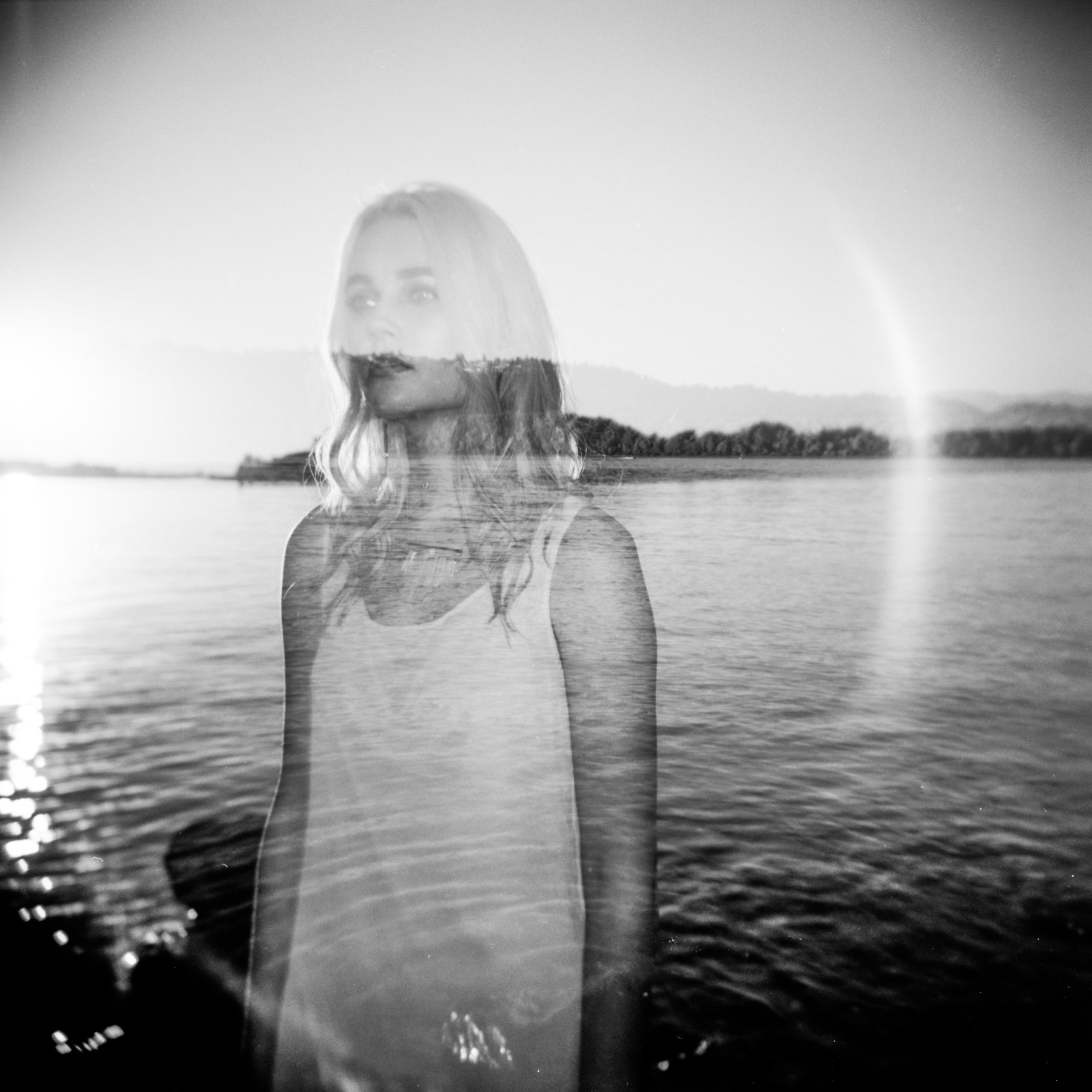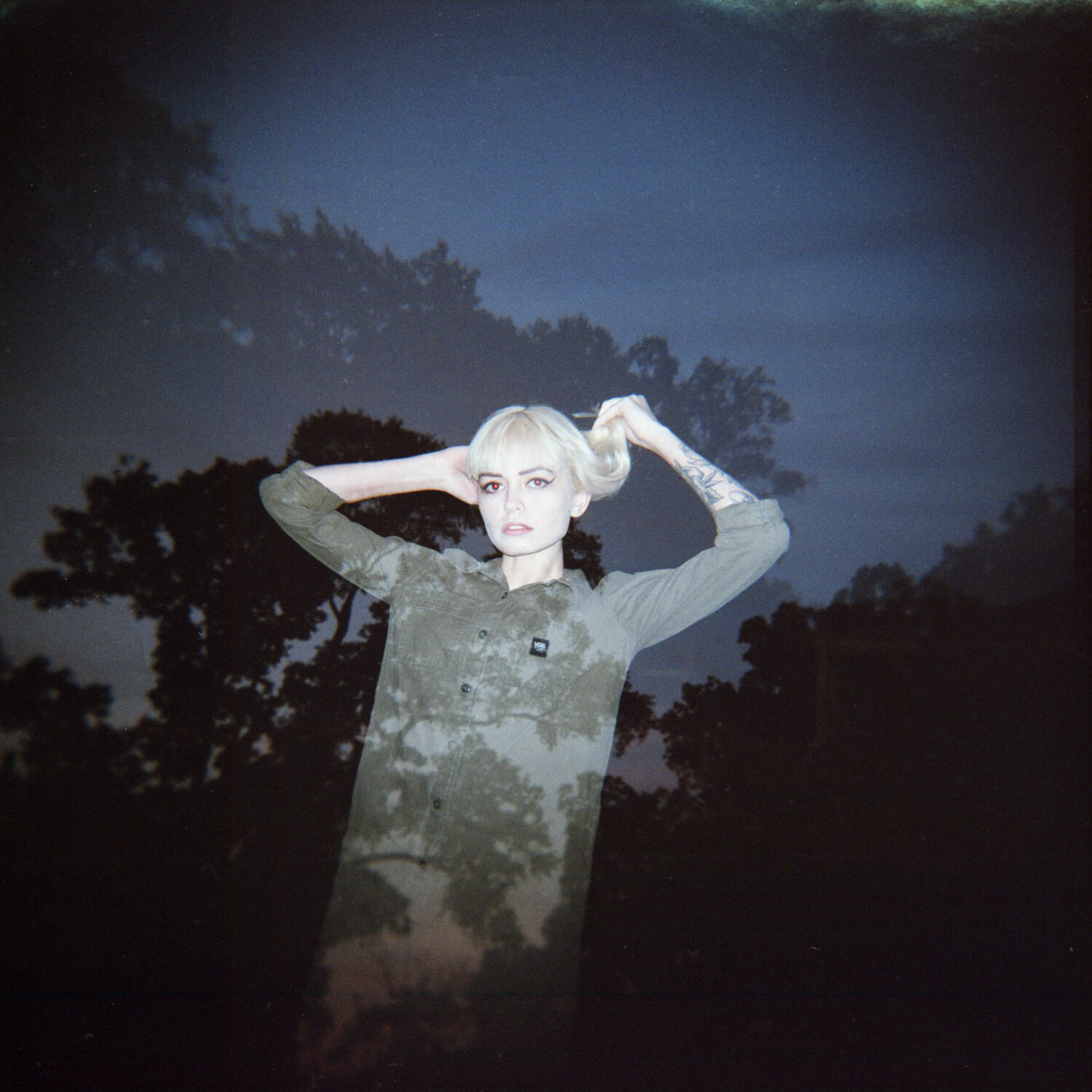(By using the links and/or codes in this blog post it supports Myles Katherine Photography. We may get a small kick back by you doing so.)
Happy New Year! It’s 2025, can you believe it? I was chatting with a friend the other day and realized, that means it’s been five years since the infamous 2020. That revelation makes my insides hurt, but if I think about all of the things I’ve accomplished and survived since then, it makes a lot more sense. It’s never a good idea to look at the big picture, especially when it comes to all of the catastrophes of the world. I’ve learned that life is a little less overwhelming if you just focus on the day to day.
I have a lot of travel plans this year, but also I’ve been feeling a strong urge to be cozy in my house. Maybe it’s the fact that we have a new puppy, or maybe it’s because I’m turning 36 in February and I’m just getting old, or maybe it’s just pure exhaustion from the last five years, but traveling just sounds like a bit much at the moment. I know I’ll plan a trip for my birthday, but for now, I’m going to enjoy these snowstorms and my crazy little puppy, and spend my days catching up on blogging and editing.
I’ve been meaning to share these images from my trip to Portugal for a while because I find Lomography’s LomoChrome Metropolis to be a very unique film stock. I don’t typically go for film that is desaturated in any way, just because I prefer either bright color or black and white. But I have an affinity for Lomography’s LomoChrome film and I’m particularly obsessed with the LomoChrome Purple film. I like the LomoChrome Turquoise as well, but the purple film holds a special place in my heart. I found that the LomoChrome Metropolis actually scans similarly to the LomoChrome Purple. And by that I mean, the film scans I made at my house with my Epson V750 Pro Scanner didn’t look too different than the scans I get with LomoChrome Purple. I find that Metropolis images have a slight purple undertone, which makes me think that it’s the same film as the purple, but just a little less saturated. The Metropolis film also tends to run a little cheaper than the purple film, so if you’re interested in just testing out one of these funky films without breaking the bank, Metropolis is probably your best bet. You’ll find that samples of this film range from golden to greenish to purple-y blue tones, but that’s kind of the fun of this film. You can really adjust the tones during or after scanning to fit your personal style. You can either make it more vintage by embracing the desaturated vibes, or you can add warmth or coolness if you want a different undertone. It’s really a fun film though and I’ll definitely be shooting more of it in the future! For these images, I used a Holga GCFN (my favorite camera in the world). You can read more about the Holga GCFN on my blog here. Or you can watch my full review of the camera on my YouTube channel here! All of these photographs were taken in Lisbon, Portugal and the majority were taken in Jerónimos Monastery, a stunning late Gothic style monastery by the waterfront.
The Metropolis film comes in 35 mm or 120 formats. I just recently finished up a disposable 35 mm camera with Metropolis preloaded inside. You can pick one up on Amazon if you find a disposable camera more approachable. I always love shooting with disposable cameras. There is a special retro vibe that you get with disposable cameras that is just impossihle to replicate.
If you found this post helpful or inspiring, I’d love it if you considered signing up for my Patreon! For as little as $1 a month, you’ll get early access to all of my YouTube videos, plus tons of photos that I don’t post anywhere else. Depending on which tier you choose, you could also receive seasonal prints and/or discounts! I always use all of the proceeds towards cameras, film & processing.
If you have any questions, I’m always happy to help! You can contact me here, or leave a comment below! Thanks so much for stopping by! You can also check out my Amazon storefront for more camera/film recommendations. :) Have a magical day!
<3 Myles Katherine
WHERE TO BUY:
Lomography LomoChrome Metropolis 120 film
Lomography LomoChrome Metropolis 35 mm film
Lomography LomoChrome Metropolis Disposable 35 mm Camera
Holga 120 GCFN Camera (read more about the Holga GCFN on my blog here!)
Here is a roll of 120 LomoChrome Metropolis that I shot with my Holga GCFN in Portugal!



























































